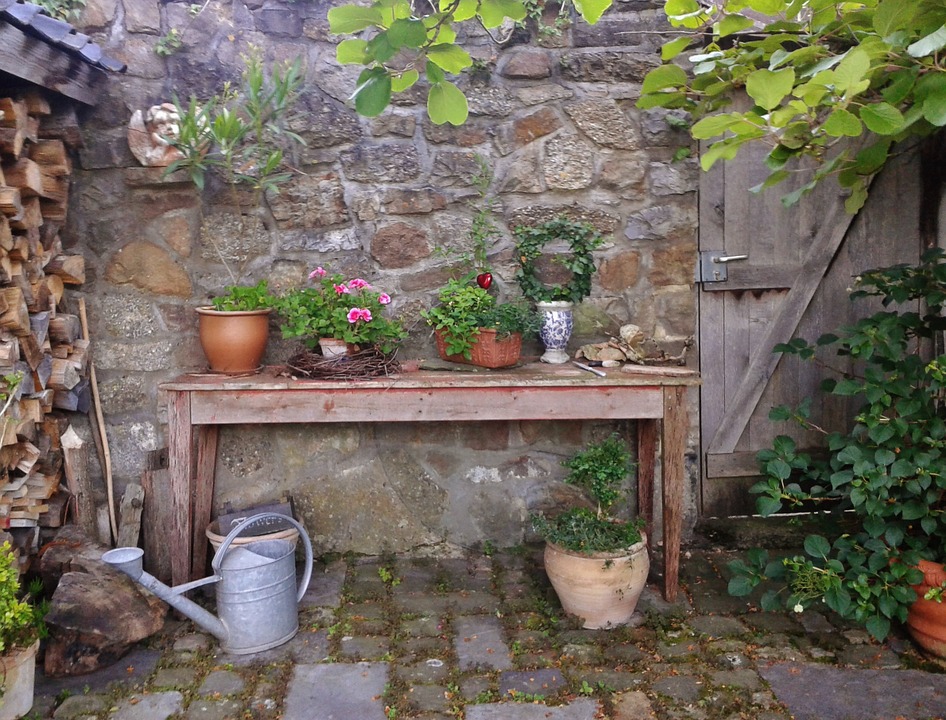The thought behind upcycling is to repurpose items that would normally be thrown away into something new and useful. The problem with this logic is that sometimes creating the new item costs more money than expected. By sticking to a budget, you’re able to prevent yourself from overspending and able to come up with more creative, less expensive solutions.
Choosing an Item to Repurpose
When selecting an item to repurpose, you’ll want to evaluate the total cost of the project. You’ll then want to determine how useful the upcycled item becomes for you and your household or workplace. If spending the extra money on additional parts or supplies makes it so you have an item that saves you hundreds or even thousands of dollars, it’s well worth the cost.
The return on investment is far greater than the expense and something that your budget should cover. If a project isn’t thought out well, however, and ends up taking more time and money than you initially anticipated, it may not be the best idea to continue forward with it. Budget-busting projects accomplish very little because they tie up your time and finances which could be better used elsewhere.
Tips That Help You Stay Within Your Budget
To stay within your budget, you first need to know how much money you’re allowed to spend on the project from start to finish. Once you have an amount in mind, it’s time to withdraw the money so you have it in cash.
Here are some additional tips that help you stay within your budget:
Use coupons, purchase items secondhand and/or barter for what you need.
- Use coupons whenever applicable. If you’re shopping for decor in the local hobby store or arts and crafts retailer, check to see if they have any coupons available. Many retailers accept competitor coupons because they want your business. If you have any doubts whether the store you’re visiting will, ask a cashier when you first enter the retailer or check their website for policy and procedure information.
- Purchase items secondhand. Visit thrift stores and yard sales with the intention of finding cheap goods to complete your upcycling projects. You’ll find a wide assortment of items, sometimes new, to use. Best of all, shopping secondhand allows you to stretch your budget far.
- Barter for what you need. This is a great opportunity for you to put your haggling skills to the test. Instead of paying money for the items that you want to use on your upcycling project, why not barter for them? You get the things that you need while getting rid of some things that you may no longer find useful. It helps you declutter so you can make room for your new upcycled item.
These solutions help you make the most of your budget without dipping into your savings. It makes repurposing objects more practical. It even allows you to clear physical space in your home or business for the newly upcycled project that you’ve made.
What Things Shouldn’t Be Upcycled
Some things are simply not worth the time or money for upcycling. They’re either too worn or something that poses a health or safety concern. Instead of spending time reading film quotes online, why not research which items are best for upcycling?
That way, you know exactly what to save and what to get rid of. You can recycle or dispose of the item accordingly. You may even need to make special arrangements for someone to cart it off safely.
Upcycling is a fiscally responsible thing to do. It allows you to give ordinary objects another lease on life. It protects the planet from extra garbage which winds up in landfills.
This post is a collaboration and may contain relevant, relatable affiliate links. All opinions are our own and for informational purposes only.


